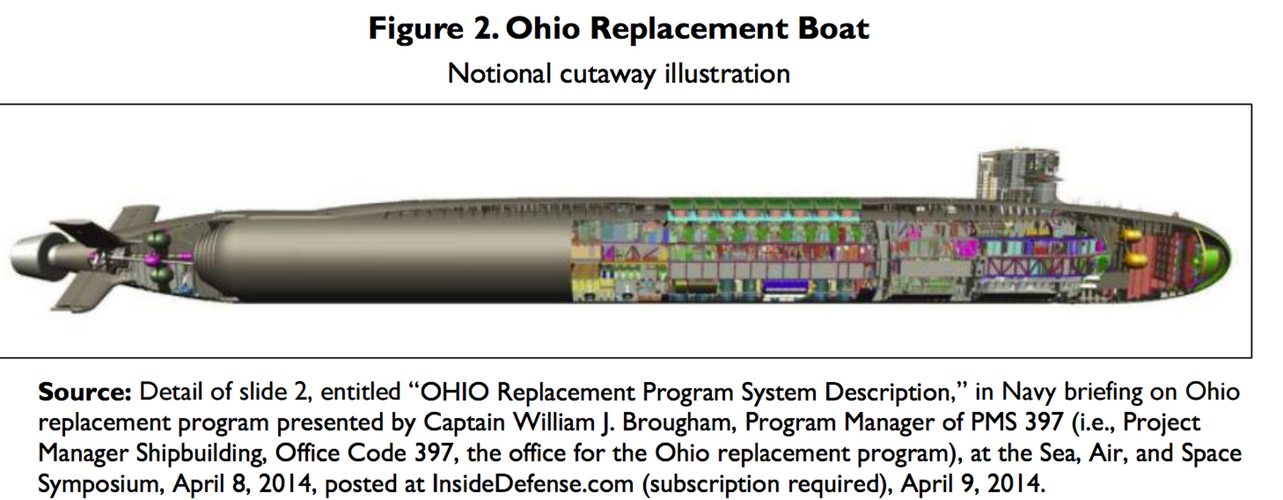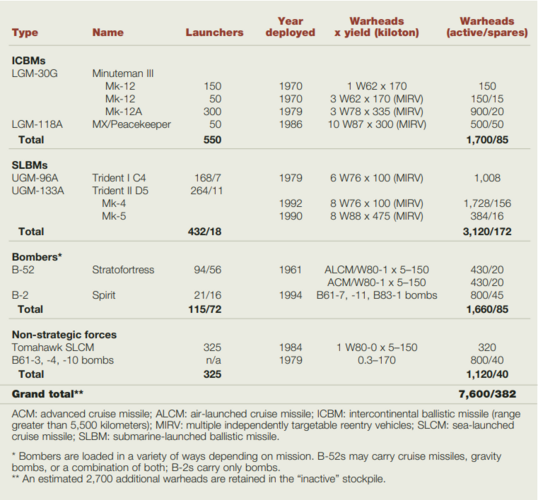- Joined
- 16 April 2008
- Messages
- 9,605
- Reaction score
- 14,494
The machinery spaces are larger due to the electric drive, life-of-boat reactor, and additional quieting. The reactor itself is further forward due to the reduced missile count meant to conform to arms control/reduction.
But also, neither of those two images have especially accurate dimensions. They're handy for showing work share and manufacturing process but the actual size of the segments doesn't really match up.
Here's what the Navy was showing officially in 2014. Nothing major should have changed since then. Obviously the RC and aft are hidden but you can see roughly how big they should be relative to the missile compartment and front end stuff.


